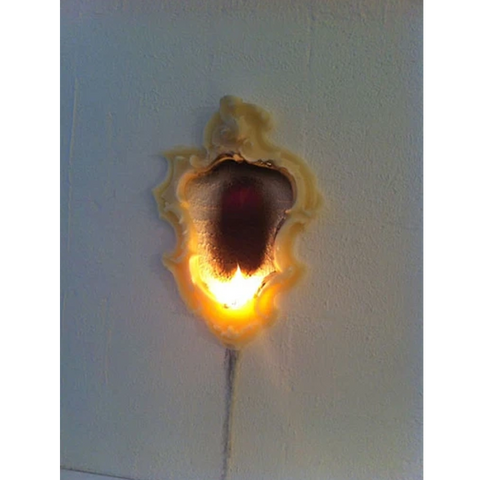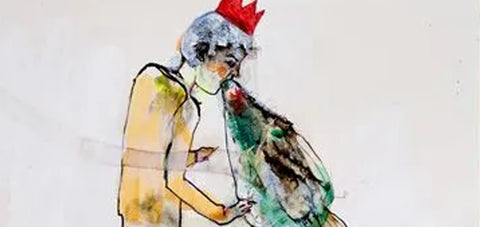Peregrine Honig - Loser
October 9 - November 6, 2010 @ Dwight Hackett Projects, Santa Fe
“I auditioned for Work of Art with the premise that I would be in a residency under surveillance,” Honig told The Art Reserve. “It is amazing to me, this temporary pop culture identity I carry.” The fleeting, illusory, and changeable are themes Honig addresses head-on in the Loser works. In Alicia Eler’s essay accompanying the exhibition, she explains that Honig is showing “the connection between losing a game and transformative loss — between ephemeral and real-world losers.”
The three series of works featured in the show deal with varying forms and phases of loss. While still on Work of Art, Honig began her Puker drawings. The mixed media pieces depict vomiting individuals, their colorful ejections symbolizing the release of excesses acquired in a culture of consumption. Honig admits that she sometimes felt ill when making these works, and we can see in the spirited and sometimes chaotic pieces the emotional and physical force of the artist.
The Beautiful Boys sculptures were made with beeswax, re-casting found mantlepiece objects. The literal transformation that takes place in this process, as well as the changeable nature of beeswax, speaks to the loss of identity and lack of ownership that is a hazard of art-making, especially when control has been taken away from the artist. The beeswax sculptures are accompanied by Honig’s “Grandma frames,” made by installing a wick in the interior base of the frame and creating an ash image until it melts. These works represent a constant cycle of loss through the ephemeral properties of fire and melting.
The final series in this show, Anchor Babies, deals with the subject of babies that have been born under conditions that imply loss. In “Foreign Birth,” a pregnant woman stands with the label “Made in China” across her stomach. In “Prom Birth,” a baby falls out from beneath the skirt of a sick looking woman. These delicately rendered drawings touch on loaded issues, and the relationship between hard observations and soft imagery results in a statement that is at once explosive and resolved.
In Loser, Honig has used the arbitrary act of losing a television competition as a starting point from which to explore the real effects of loss. With an inspired awareness, Honig makes work that is both meditative and powerful, imprinting the viewer with a consciousness that often comes with transformation.
Loser
OCTOBER 9 - NOVEMBER 6, 2010 at Dwight Hackett Projects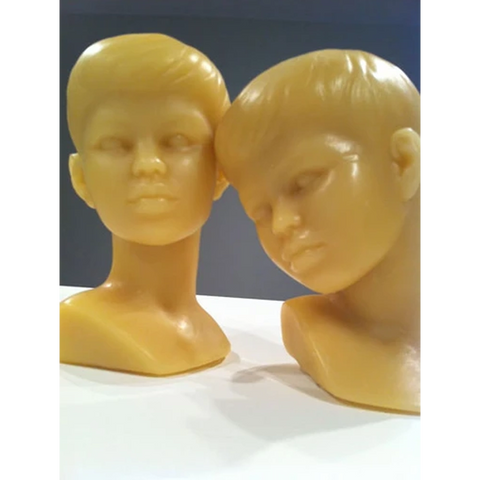
Beautiful Boys
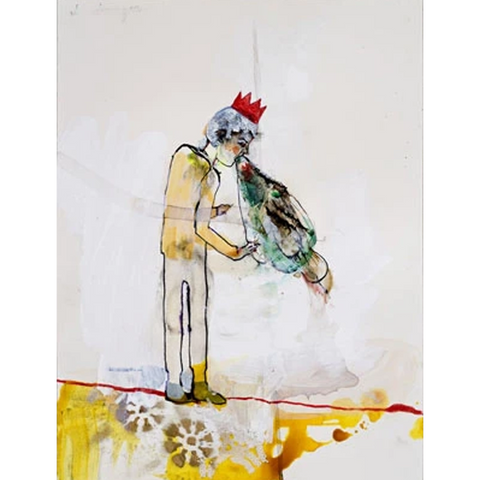
Puke King
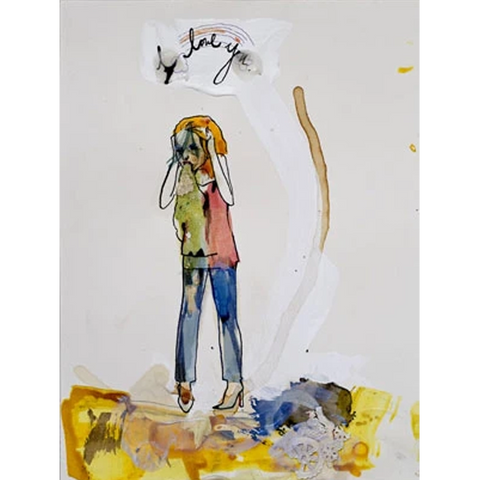
Rainbow Puke
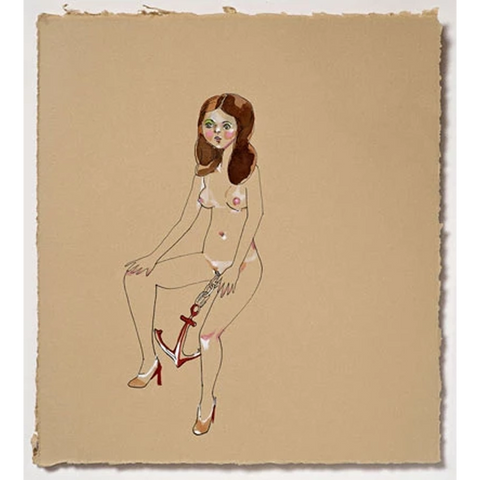
Anchor Baby
